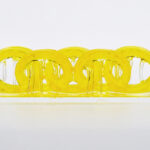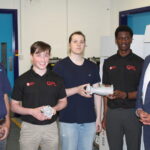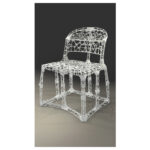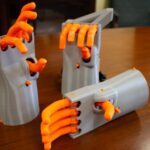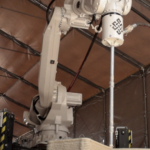Researchers from Sandia National Laboratories have created a 3D printed superalloy that could help power plants generate more electricity while reducing carbon emissions.
The high-performance metal alloy is stronger and lighter than the materials currently used in gas turbine machinery. The new superalloy has a composition of 42% aluminum, 25% titanium, 13% niobium, 8% zirconium, 8% molybdenum and 4% tantalum, and can withstand higher temperatures than other high-performance alloys.
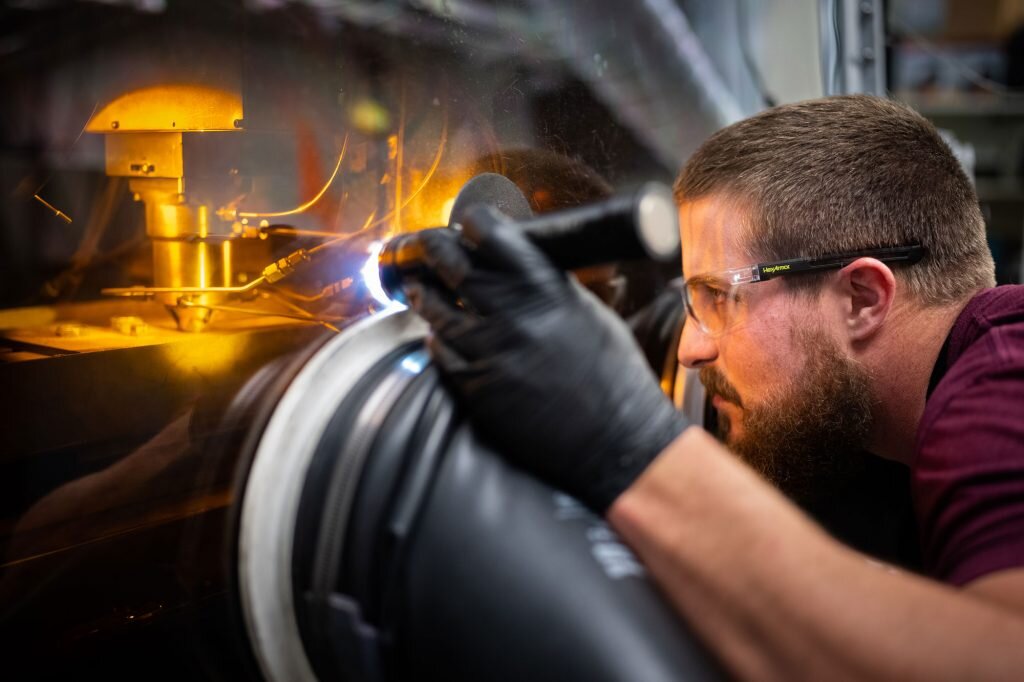
As a result, more energy can be converted to electricity and less waste heat is released into the environment. The team used a Laser Engineered Net Shaping (LENS) 3D printer to quickly melt together powdered metals and print a sample of the mixture, which highlights how the technology can be used as a fast and efficient way to craft new materials.
“We’re showing that this material can access previously unobtainable combinations of high strength, low weight and high-temperature resiliency,” said Andrew Kustas, a researcher at Sandia.
“We think part of the reason we achieved this is because of the additive manufacturing approach.”
The researchers are now interested in exploring whether computer modeling techniques could help discover more members of what could be a new class of high-performance superalloys.
“These are extremely complex mixtures,” said Michael Chandross, also of Sandia..
“All these metals interact at the microscopic—even the atomic—level, and it’s those interactions that really determine how strong a metal is, how malleable it is, what its melting point will be and so forth. Our model takes a lot of the guesswork out of metallurgy because it can calculate all that and enable us to predict the performance of a new material before we fabricate it.”
However, there are challenges to overcome such as scalability and cost. The materials that make up the alloy are expensive, and it might be difficult to produce the superalloy in large volumes without microscopic cracks. Nevertheless, if the alloy is scalable and can be made in bulk, it could have a significant impact on the energy, aerospace, and automotive industries.
You can read their research paper, titled “Extreme hardness at high temperature with a lightweight additively manufactured multi-principal element superalloy” over at this link.
Come and let us know your thoughts on our Facebook, Twitter, and LinkedIn pages, and don’t forget to sign up for our weekly additive manufacturing newsletter to get all the latest stories delivered right to your inbox.




